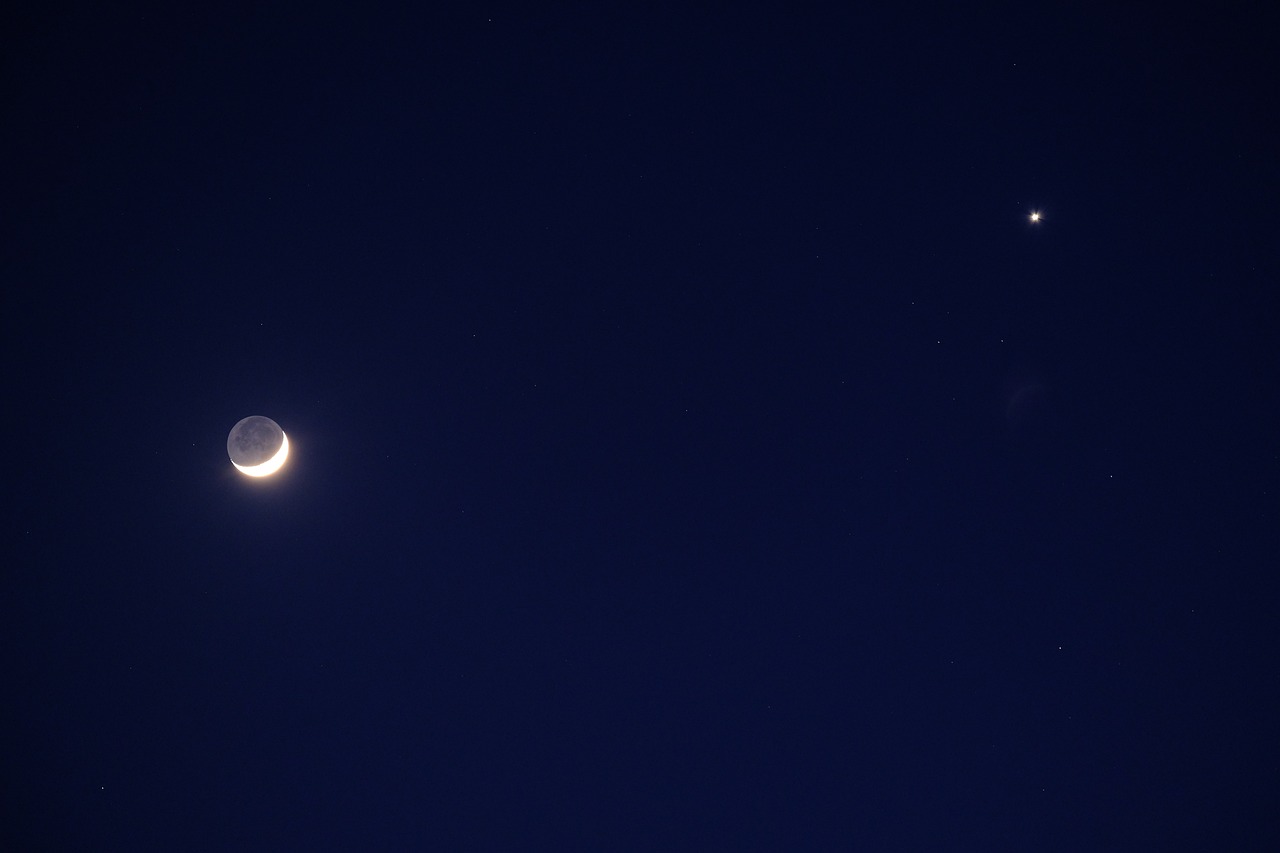If you have been staring up at the night sky as of late, you may have seen a particularly brilliant celestial object blazing with a dazzling glow. This object is sure to captivate everyone who sees it. This brilliant phenomenon is none other than the planet Venus, which in the year 2023 is currently putting on a mesmerizing show for observers on Earth. But what may be causing Venus to shine with such dazzling brilliance right now? Let’s investigate the components that have a role in producing this astronomical occurrence.
Venus is the second planet from the Sun in our solar system and is frequently referred to as Earth’s sister planet due to the fact that the two are almost the same size. It shines brightly in the night sky due mostly to the singular qualities that it possesses as well as the position it holds in relation to both the Earth and the Sun. The following are the primary factors that will contribute to the brilliance of Venus in 2023:
- Proximity to Earth: The distance that separates Venus and Earth is one of the most important factors that determines how bright Venus appears. Because of its enhanced proximity to Earth, Venus looks brighter when it is at what is known as its inferior conjunction. This is the point at which Venus is closest to Earth. In the year 2023, Venus will have arrived at a point in its orbit where it will be exceptionally close to Earth, which will result in an increase in the brilliance of Venus.
- The phases of Venus: Much like our own Moon, Venus goes through a series of various phases as it round the sun. The area of the lighted surface of Venus that is visible from Earth is referred to as the phase of the planet. When Venus is in this position, it seems like a thin crescent because it is sandwiched between the Earth and the Sun. On the other hand, as it travels away from inferior conjunction, the portion that is lighted grows, which results in a greater percentage of its surface reflecting sunlight. This occurs because the illuminated portion increases. This phase, sometimes referred to as the “gibbous” phase, will contribute to the increased brightness of Venus in the year 2023.
- Albedo: Venus has an astonishingly high albedo, which is a measure of the planet’s capacity to reflect the sun’s rays. The surface of the planet is blanketed in a thick layer of clouds, the majority of which are made up of sulfuric acid. These clouds are responsible for reflecting a sizeable portion of the sun’s rays back into space. Due in large part to the presence of these clouds, Venus is consistently ranked as one of the brightest things visible in the night sky.
- The Composition of the Atmosphere: The atmosphere of Venus is predominately made up of carbon dioxide, with just trace amounts of other gases present; as a result, the atmosphere is extremely thick and dense. Because of the composition of its atmosphere, Venus has a greenhouse effect, which allows it to retain heat and is a contributing factor in the planet’s unusually high surface temperature. The thick atmosphere also scatters sunlight, which boosts Venus’ luminosity and makes it appear brighter to anyone on Earth who are observing it from a distance.
- Retrograde Motion: In the year 2023, Venus will begin to display retrograde motion, a phenomena in which it will appear to travel in the opposite direction of its normal path when viewed against the backdrop of the stars. The difference in orbital speed between Earth and Venus is the source of this seemingly retrograde motion in space. As Venus moves closer to the point in its retrograde motion where it is at its brightest, the planet’s luminosity will become more obvious and mesmerizing.
Venus is generally one of the brightest things visible in the night sky; however, in 2023, the planet will shine with an unusual brilliance due to a combination of factors, including its close proximity to Earth, its gibbous phase, high albedo, dense atmosphere, and retrograde motion. Because of the alignment of these conditions, people all across the world will get to see a breathtaking celestial show.
If you haven’t had the opportunity to see Venus blazing brightly in the night sky, be sure to glance up while it’s still evening. You won’t be disappointed. Its alluring radiance serves as a gentle reminder of the vastness and beauty of the universe that surrounds us, which is only waiting to be discovered and admired.
![]()
